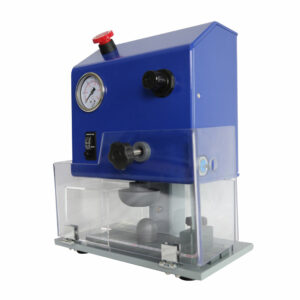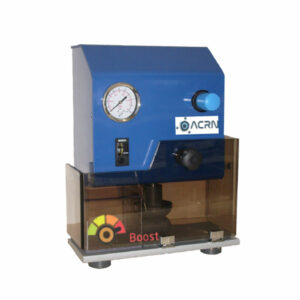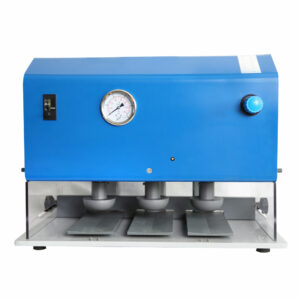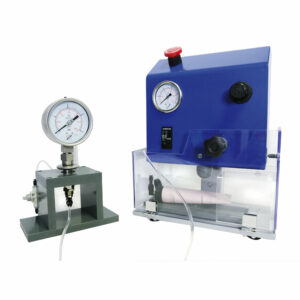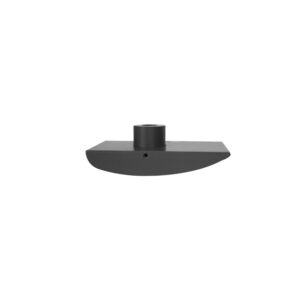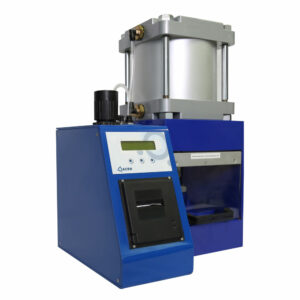Leak Testing
Showing 13–18 of 18 results
-
ATS pneumatic tube weld tester
-
Pipe welding tester ATS-BOOSTE
-
Tube Crush ATS 3
-
The test calibration kit
-
Anti-marking kit
-
Pouch Crush ATS-XP
How does leak testing of packaging work ?
A dry test is particularly suitable for bottles, flasks and other containers filled with liquids. These containers, subjected to the vacuum of the chamber, will tend to leak at the cap if there is a leak. The product will be visible at the end of the test in the chamber.
Immersion leak detection to detect leaks according to ASTM D3078 standard . The vacuum applied to the air-containing PACKAGING allows leaks to be detected by the observation of bubbles. Very small leaks can be detected with this test.
The methylene blue integrity test is well suited to (e.g. drug blisters, vaccine vials, powdered drug sachets,…). A vacuum followed by a return to atmospheric pressure results in the introduction of methylene blue into the sample, even if it is leaking. The methylene blue, because of its properties, is clearly visible in the sample at the end of the test and meets the standard ASTM F3039.
There are many other uses for this equipment in quality control.
How do packaging seam testers work?
Tube testers are initially used to check the tightness of polyethylene, polypropylene, multi-layer material (polyfoil) and now with eco-sourced materials. The aim is to check the strength of the weld after the tube has been filled and sealed. A pneumatic cylinder presses on the tube, increasing the internal pressure of the tube. If the tube does not explode, then it is compliant.
The test criteria to be fixed:
- The force applied
- The shape of the presser (flat, oval,…)
- The location of the force application
- The test time (generally between 5 and 60s)
With 25 years of experience in these tests, ACRN will be able to recommend the right values. We also have the equipment to empirically relate the external forces applied to the resulting internal pressure.
The principle of this test also allows us to test doypacks, various refills, sachets, sample sachets, ketchup-type sachets and to quickly check the good behaviour of the seal.
